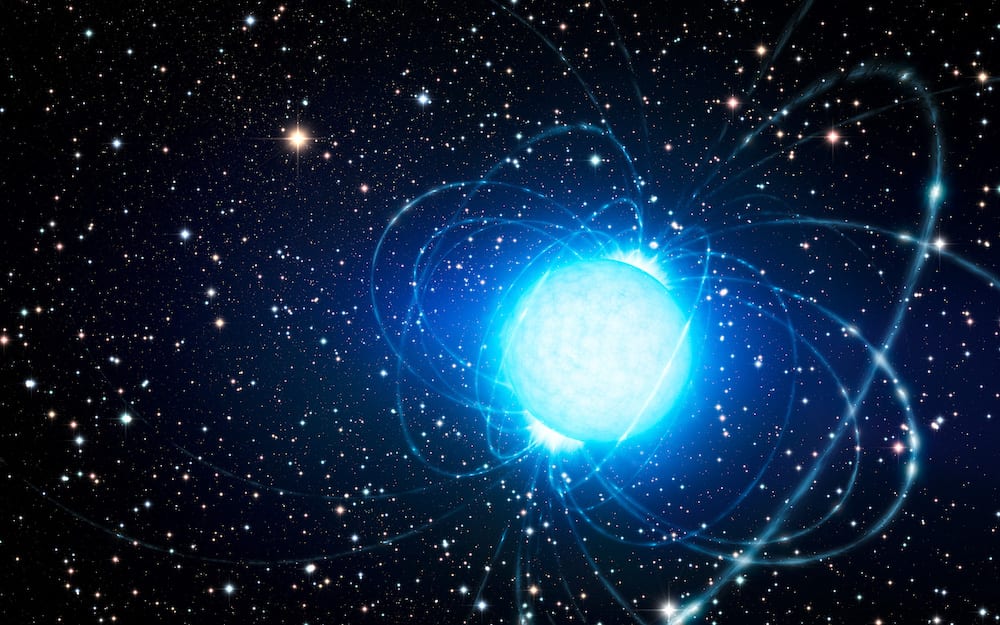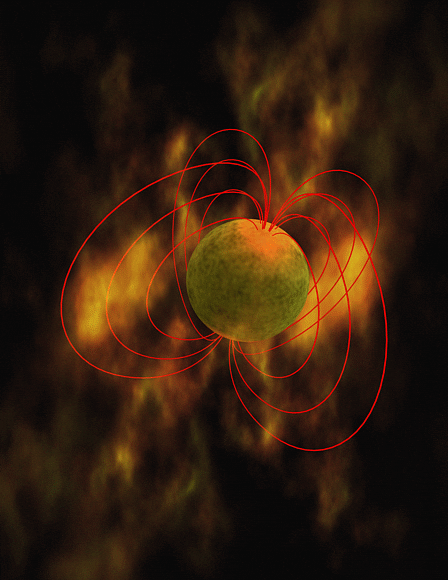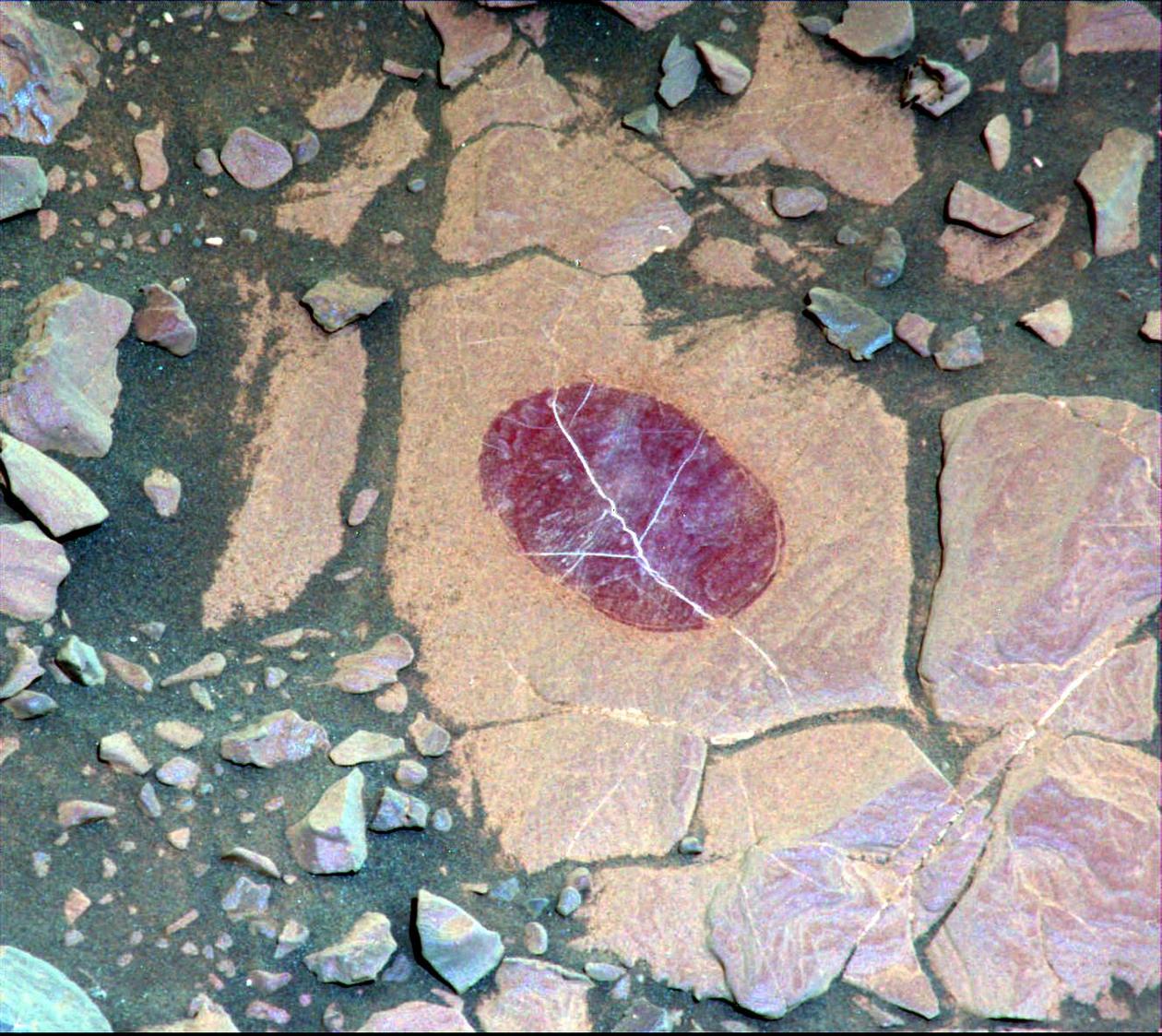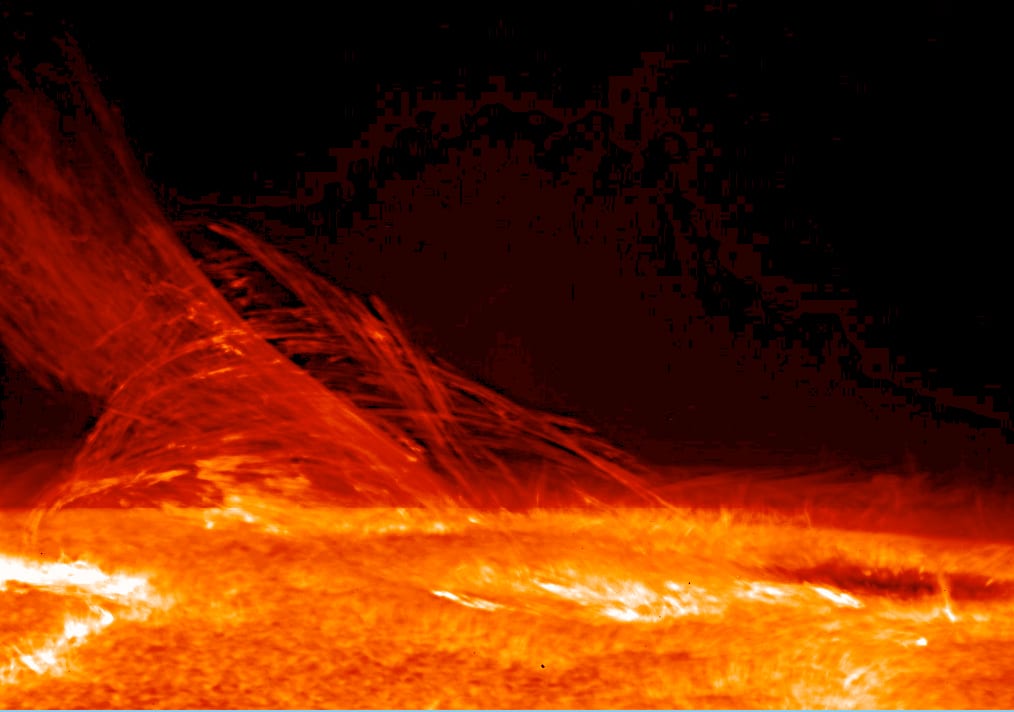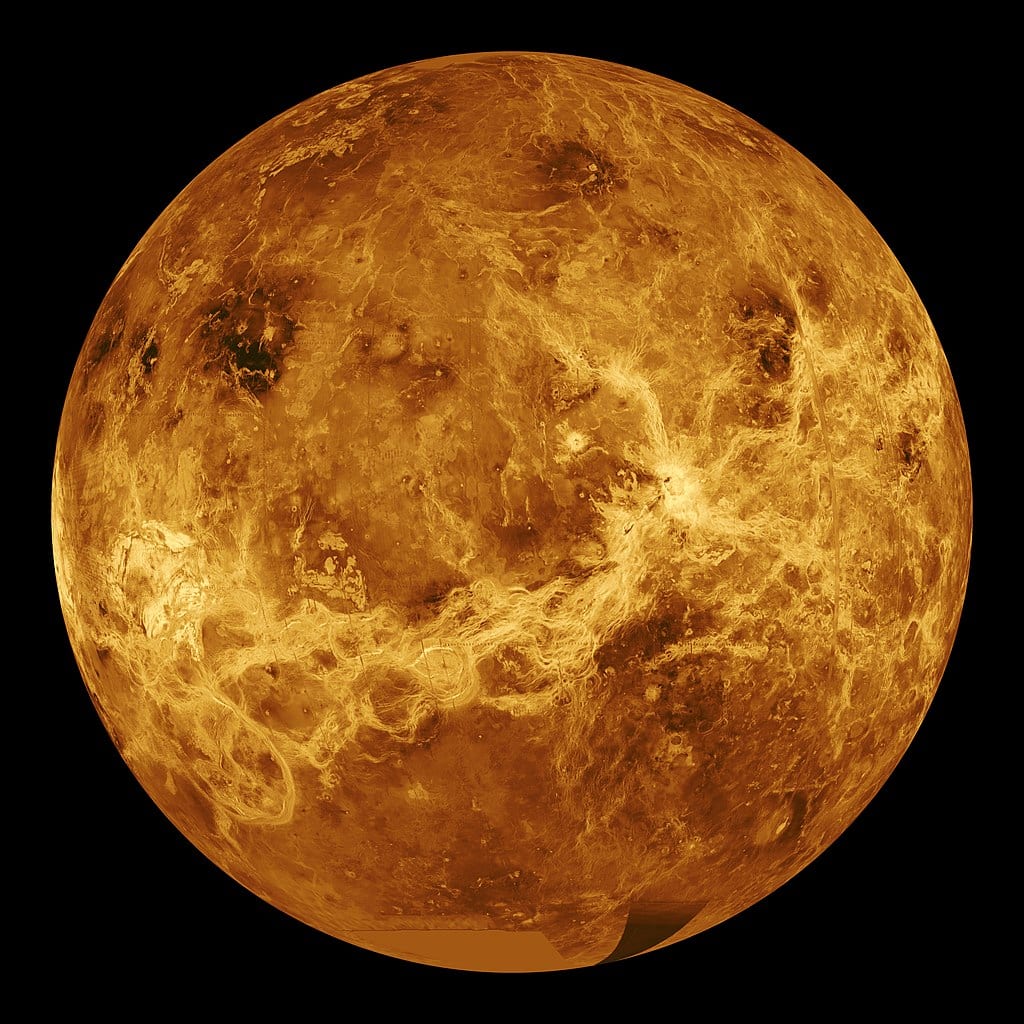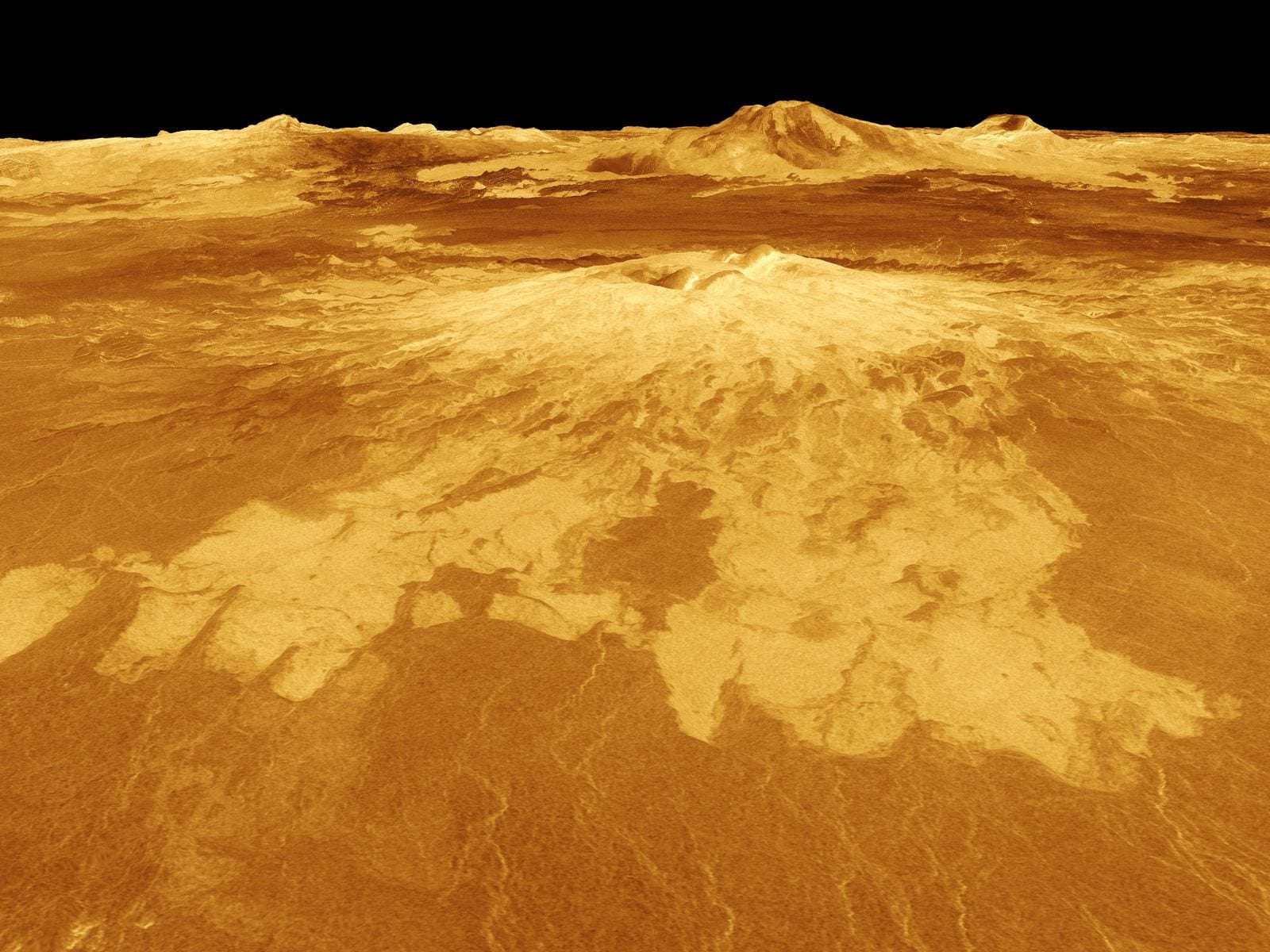If we ever make contact with aliens, it’d be arguably the most major event in our entire species’ history so far. But depending on how that first meeting goes, it could either be a revelation or a terror.
On AskReddit, a user asked what the “scariest” message would be to hear from aliens from outer space. Here are 14 of the spookiest ideas.
1. A cry for help.
“A species more advanced than us screaming for help would imply something much worse is already after them…”
“A cry for help originating from millions of light-years away. By the time the message reaches us, its been floating through space for millions of years. We’ll never know if we just heard the last words of an alien civilization or if it was saved by another civilization. Regardless, it would be a harrowing message.”
2. Earth is a video game.
“Sorry guys; dinner’s ready and mum says I should turn you off.”
3. Earth is a simulation.
“Experiment’s goals accomplished. Simulation scheduled for termination on January 1st.”
4. Just “hello.”
“A random hello would scare the fuck out of everyone at NASA let me say that.”
5. A warning to run.
“RUN.”
“There’s something just so viscerally terrifying about receiving just that one-word command: run. It doesn’t say what’s coming. It doesn’t say when. It doesn’t say where to go. All you know is that you cannot stay where you are and that whoever sent the warning was only able to get out a single word to communicate the impending threat to the rest of the universe.”
6. A warning not to run.
“Do not leave your star system. Trust us.”
7. A countdown.
“…14…13…12…11…10…”
8. Deja vu.
“Hm. Your race was just like this last time too.”
“Don’t try this again… after the 5th time we’re tired of sending your planet back to the stone age…”
9. They’re among us.
“We’re coming to pick up the 2 billion members of our species living on your planet.”
10. Pyramids.
“Radio…? Why aren’t you using the Pyramids?”
11. God didn’t make them.
“God created you, he didn’t create us.”
12. We’ll be harvested.
“CHOOSE HALF OF YOUR HUMANS FOR HARVESTING. IF YOU DO NOT CHOOSE WE WILL.”
13. Taxes.
“You now have to pay galactic taxes.”
“Can’t wait for the Boston tea party 2.”
14. Literally anything.
“I honestly think any communication with extraterrestrial life with freak us out, even if it was totally benevolent or even benign, like we accidentally picked up a communication (don’t tell me this can’t happen. A LOT of accomplishments and discoveries were made entirely by accident).”
The post People Think up the Scariest Messages That Aliens Could Possibly Send Us appeared first on UberFacts.
 . . . #岡山県 #井原市 #美星町 #美星天文台 #岡山へ行こう #星活 #星空撮影 #星景ら部 #天の川 #milkyway #nightphotography #nightsky #night_gram #night_shots #japan_night_view #best_moments_night #stars #setouchigram92 #colore_de_saison #瀬戸内カメラ部 #star_hunter_jp #team_jp_西 #Lovers_Nippon #photo_shorttrip #eosm3 #サムヤン12mmf2 #キリトリセカイ #その瞬間に物語を #ダレカニミセタイソラ
. . . #岡山県 #井原市 #美星町 #美星天文台 #岡山へ行こう #星活 #星空撮影 #星景ら部 #天の川 #milkyway #nightphotography #nightsky #night_gram #night_shots #japan_night_view #best_moments_night #stars #setouchigram92 #colore_de_saison #瀬戸内カメラ部 #star_hunter_jp #team_jp_西 #Lovers_Nippon #photo_shorttrip #eosm3 #サムヤン12mmf2 #キリトリセカイ #その瞬間に物語を #ダレカニミセタイソラ #NightSky #StarrySky #stargazing #space #astronomy #astropics #MyHappyPlace #UnderAStarrySky #pics #photography #NightPics #WV #WVstargazing #SkyGazing #TheSky
#NightSky #StarrySky #stargazing #space #astronomy #astropics #MyHappyPlace #UnderAStarrySky #pics #photography #NightPics #WV #WVstargazing #SkyGazing #TheSky

